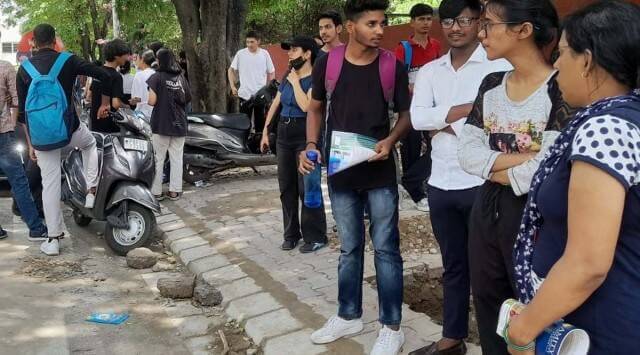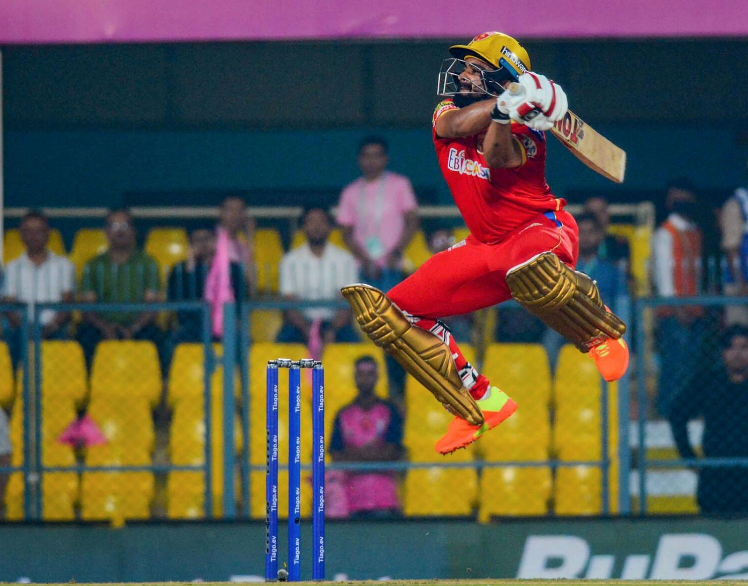
The World Anti-Doping Agency (WADA) has released a scathing report on India’s anti-doping programme, revealing evidence of inadequate drug testing conducted on the country’s athletes. The report, published on Tuesday, underscores concerns raised by figures obtained under the Right to Information (RTI) Act, which shed light on the limited number of dope tests carried out on Indian cricketers in 2021 and 2022.
Cricket was brought under the purview of India’s government-run anti-doping agency in August 2019. At the time, this move marked the end of years of resistance from the cricket board, with government officials asserting that “all cricketers would be tested by NADA” and that the Board of Control for Cricket in India (BCCI) would be treated no differently than other federations.
However, recent revelations suggest a stark contrast between the promises made and the actual implementation of drug testing protocols in Indian cricket. Figures obtained through the RTI Act by The Indian Express indicate a concerning lack of comprehensive dope tests conducted on Indian cricketers in the past two years.
The findings from the WADA report and the RTI data highlight the need for urgent improvements in India’s anti-doping programme, particularly within the cricketing sphere. The effectiveness of the anti-doping system relies on rigorous and consistent drug testing to maintain the integrity of sports and protect the welfare of athletes.
The inadequate drug testing figures raise questions about the commitment and resources dedicated to ensuring a clean and fair sporting environment. Comprehensive drug testing is a fundamental aspect of anti-doping efforts, as it serves as a deterrent to the use of banned substances and helps maintain a level playing field.
The WADA report’s revelations are a cause for concern, as they indicate potential gaps in India’s anti-doping infrastructure and practices. It is imperative for the relevant authorities, including the BCCI and the National Anti-Doping Agency (NADA), to address these shortcomings promptly and take decisive action to improve the anti-doping regime.
Efforts should be made to strengthen the drug testing protocols, increase the frequency of tests, and ensure adherence to international anti-doping standards. This includes implementing a comprehensive and robust testing programme that covers all cricketers, from elite professionals to up-and-coming talent.
The importance of a rigorous anti-doping system cannot be overstated, as it safeguards the integrity of sports, upholds fair competition, and protects the health and well-being of athletes. It is crucial for all stakeholders, including sports governing bodies, athletes, and anti-doping agencies, to work together to strengthen India’s anti-doping programme and restore confidence in the integrity of Indian cricket.
The WADA report serves as a wake-up call for India’s sports authorities, highlighting the need for a comprehensive review of current practices and a renewed commitment to combat doping in sports. It is essential to prioritize the allocation of resources, training, and education to build a robust and effective anti-doping framework.
By addressing the deficiencies identified in the WADA report and enhancing the drug testing regime, India can demonstrate its commitment to clean and fair competition. This will not only protect the reputation of Indian cricket but also inspire confidence among athletes, fans, and the global sporting community.
India has a rich cricketing legacy and a massive fan base. By taking immediate action to rectify the shortcomings in its anti-doping programme, India can uphold the values of sportsmanship, fair play, and integrity that are integral to the game of cricket.









